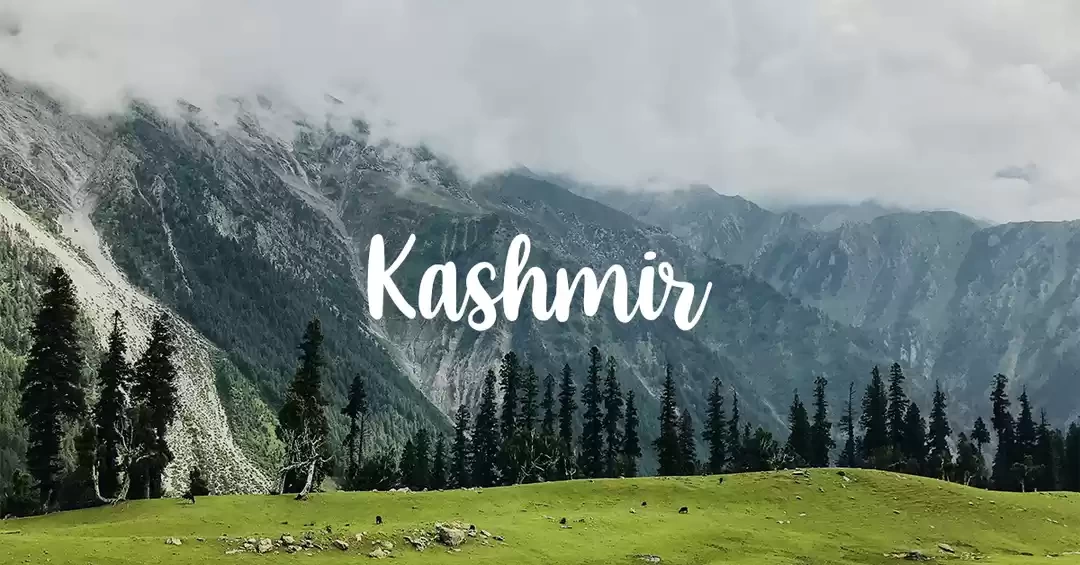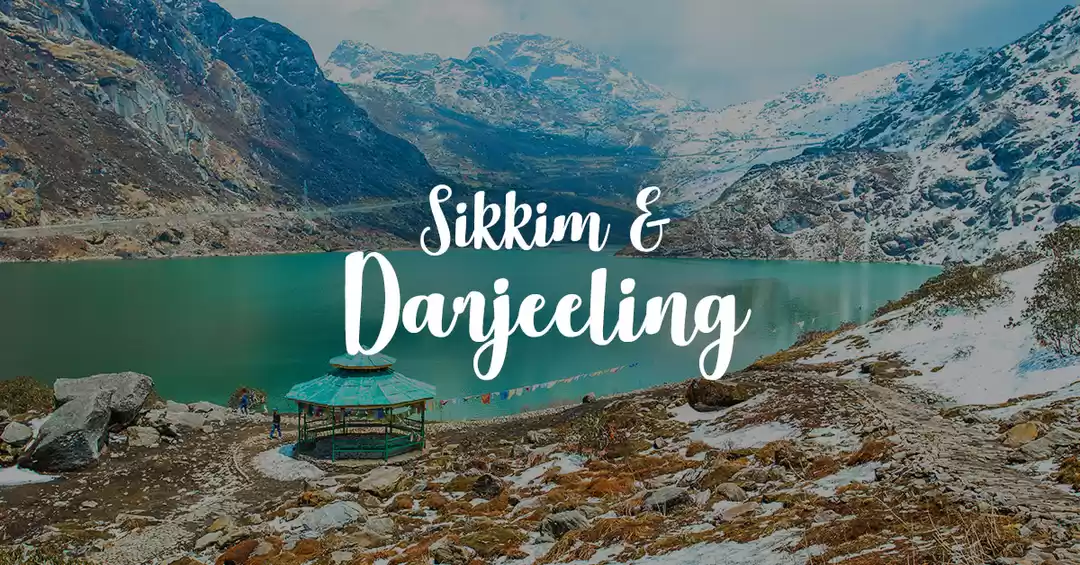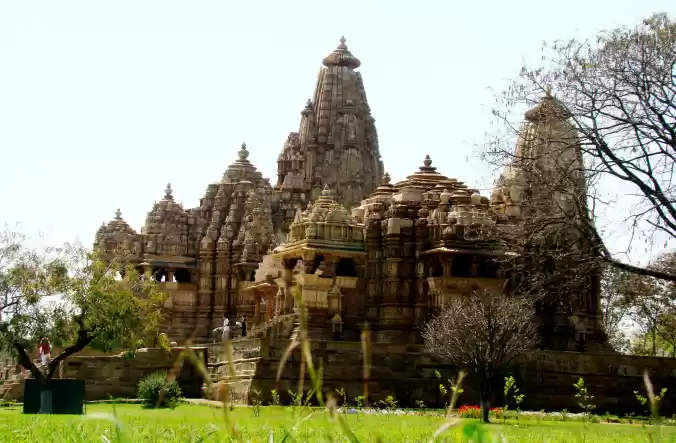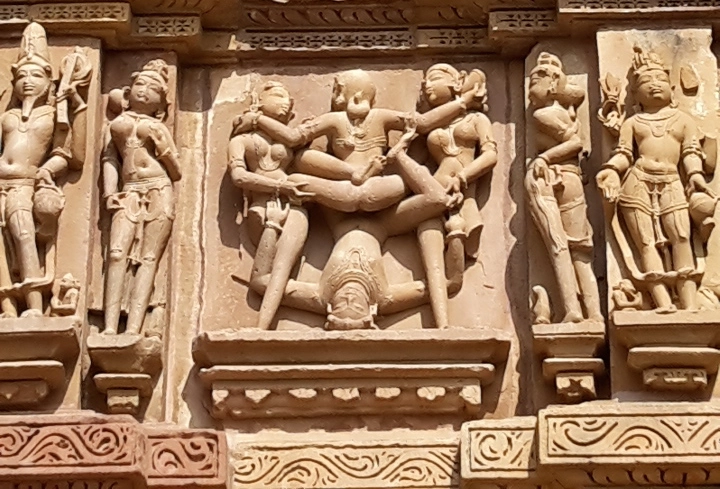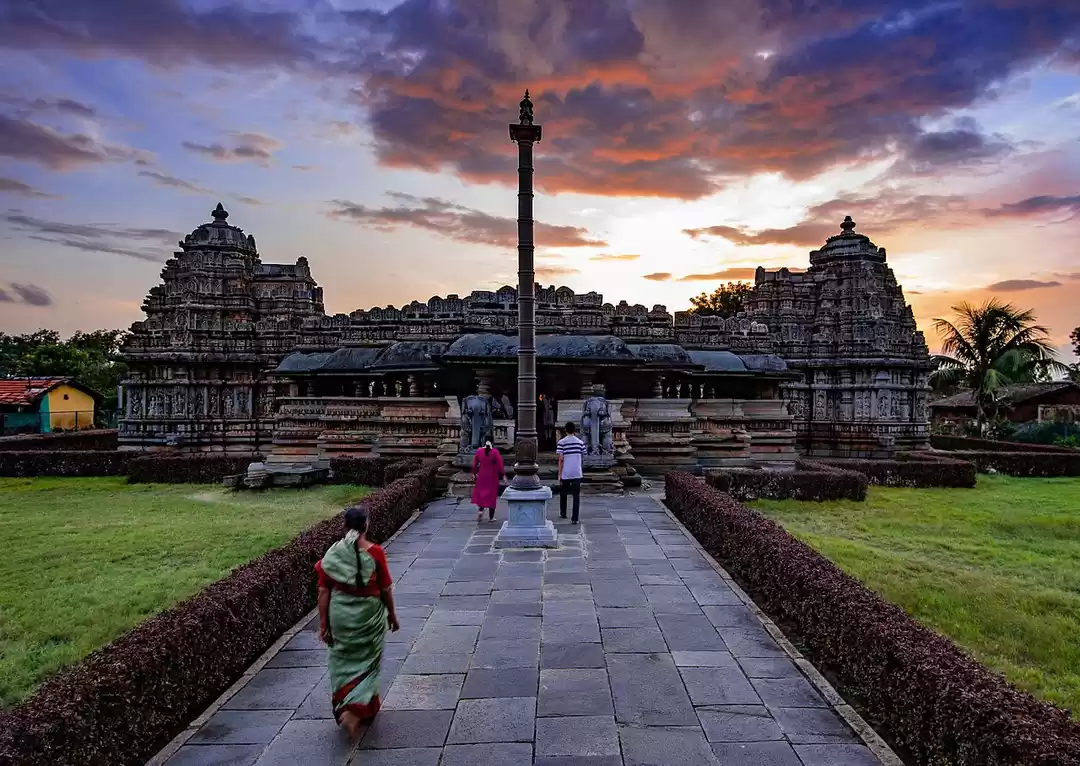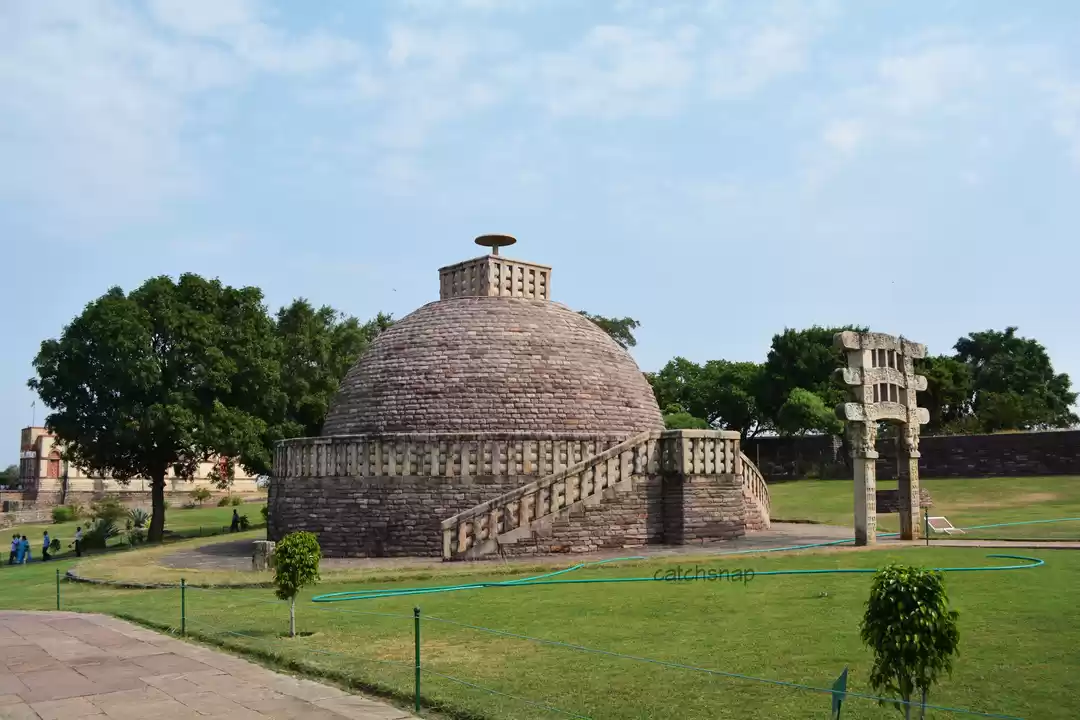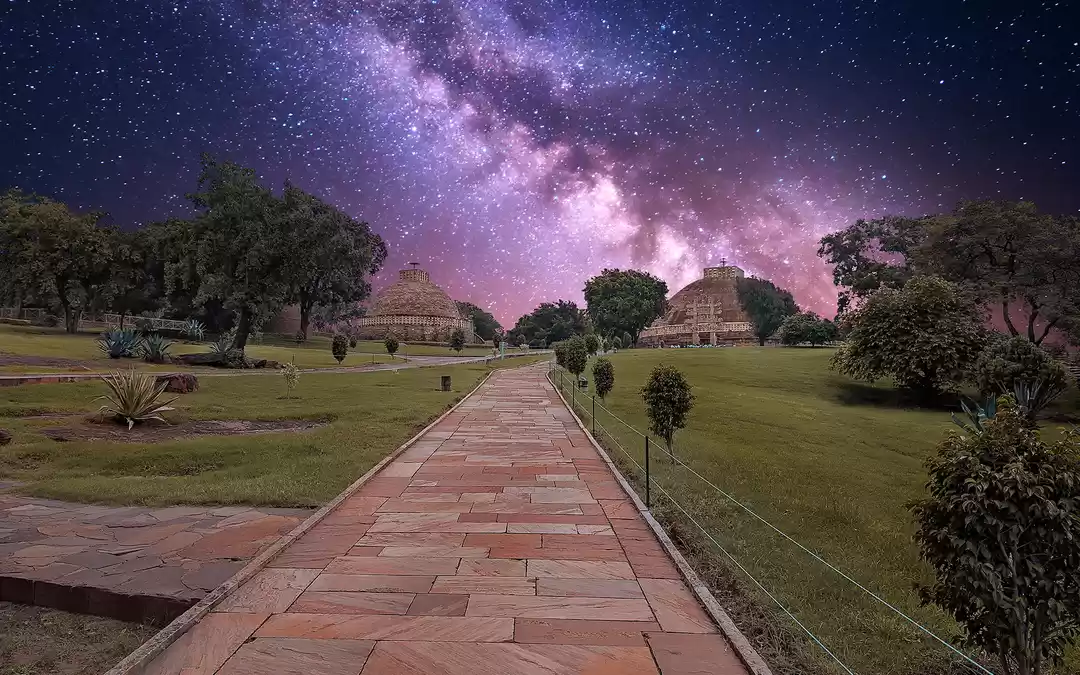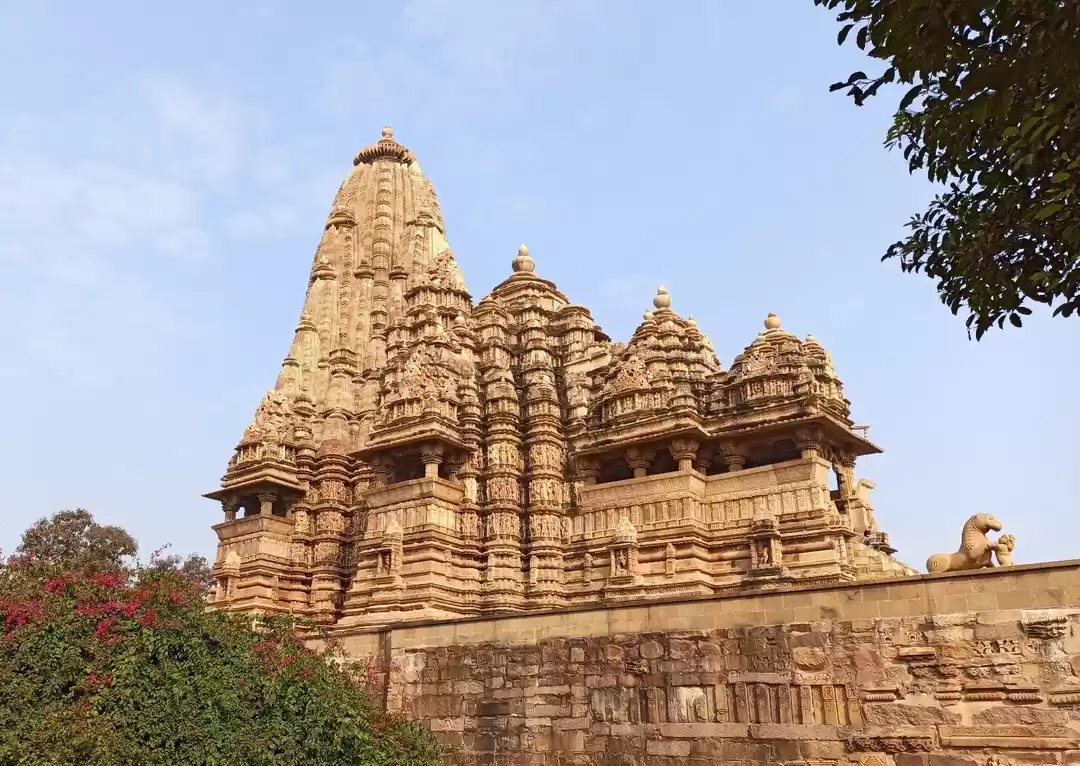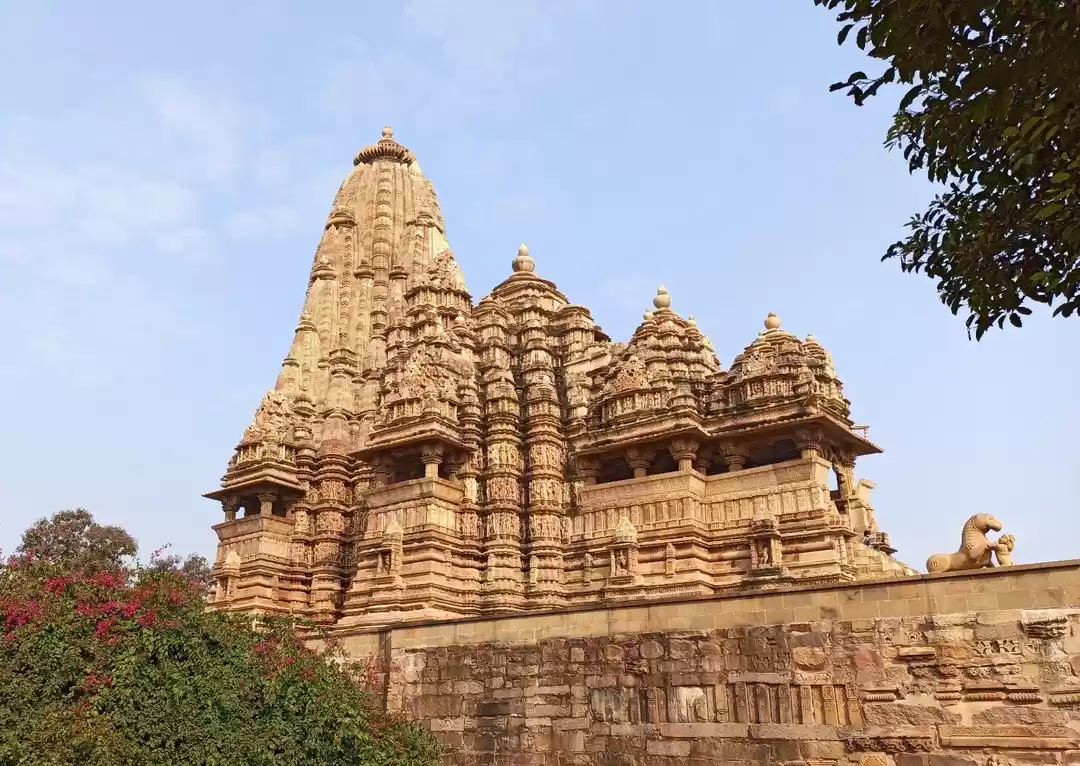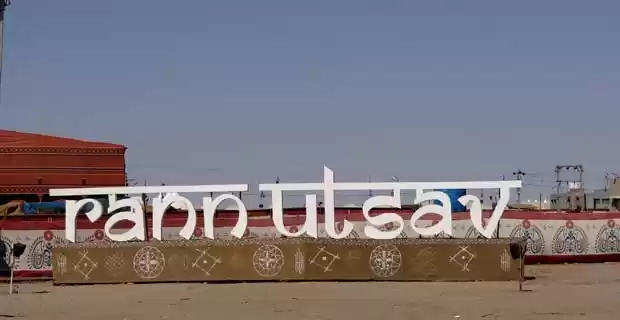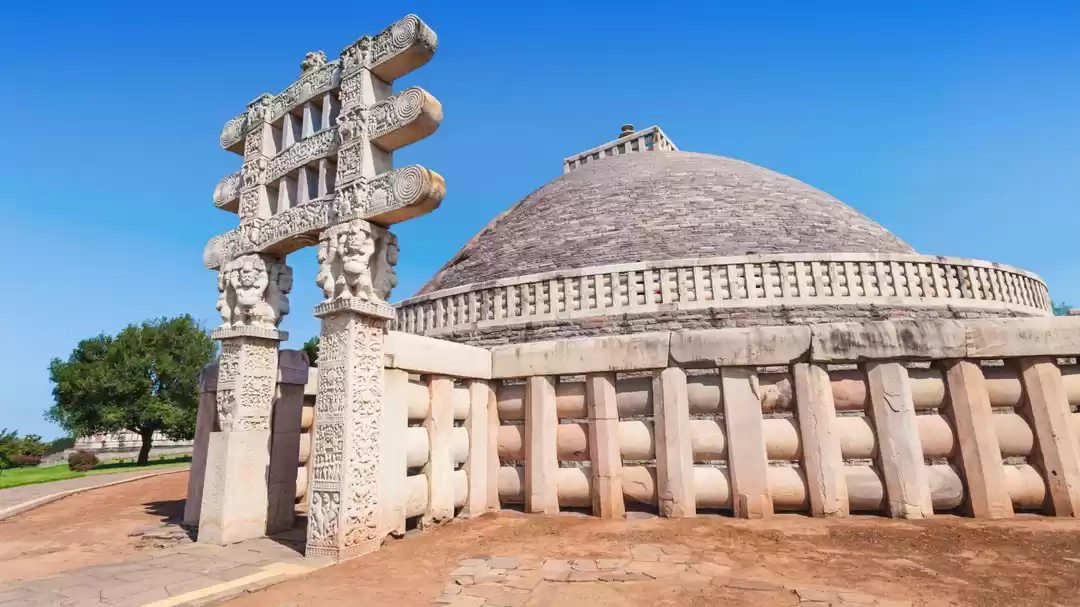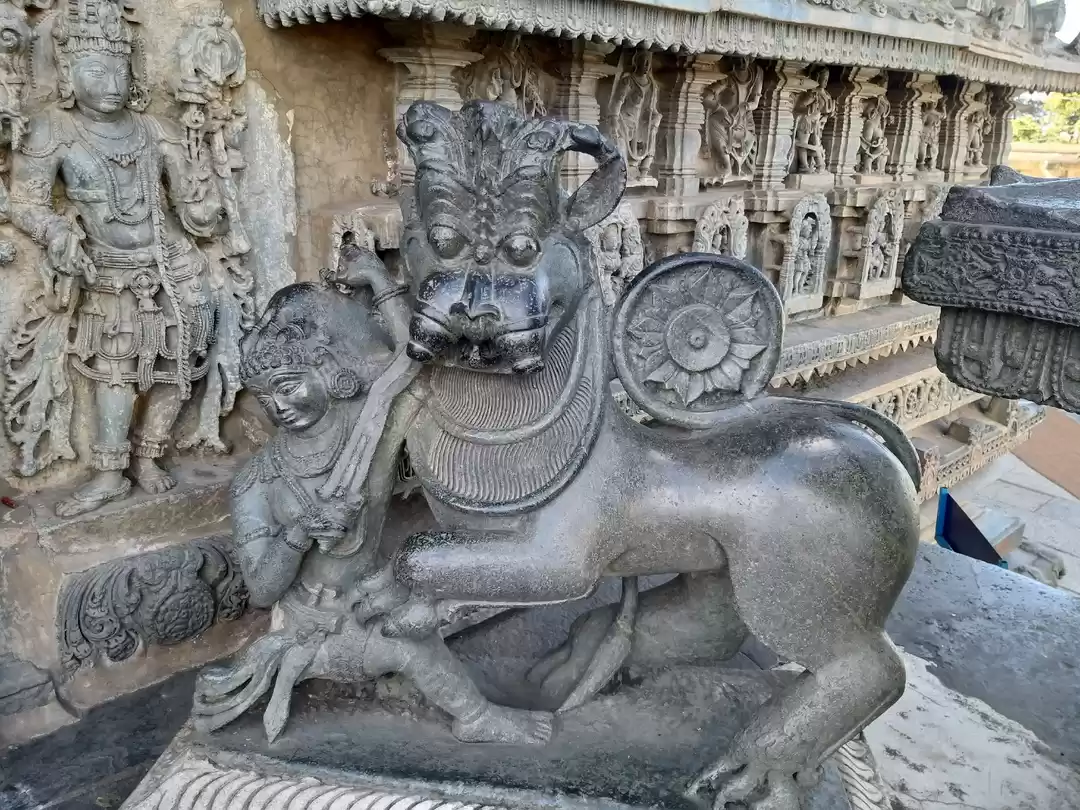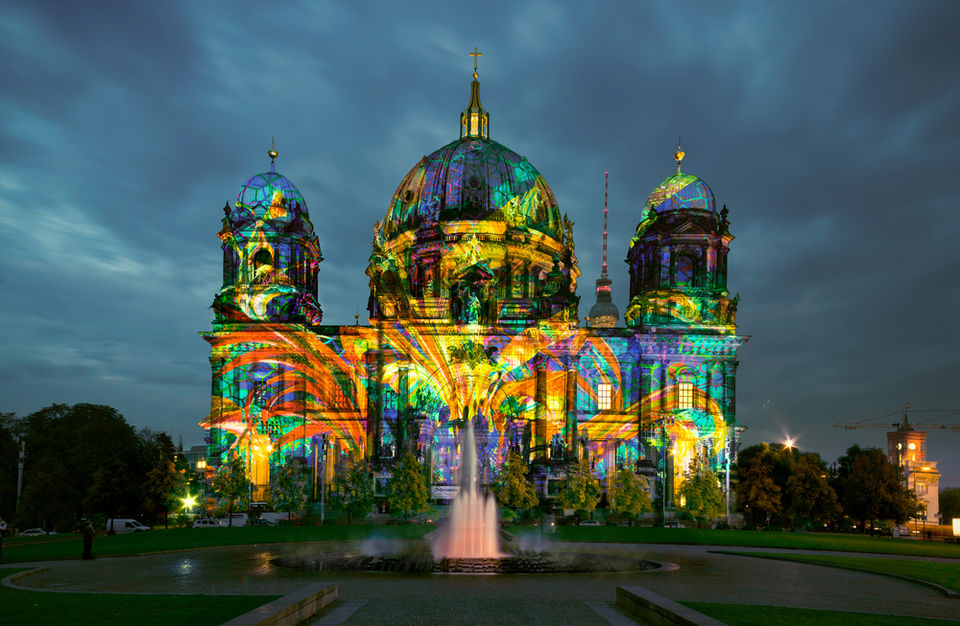
Art is not what you see but what you make others see. Art speaks where words are unable to explain. Art is never finished, only abandoned. Art should comfort the disturbed and disturb the comfortable. Art enables us to find ourselves and to lose ourselves at the same time. The purpose of art is washing the dust of daily life off our souls. Here are the travel destinations for art lovers.
1.Kutch
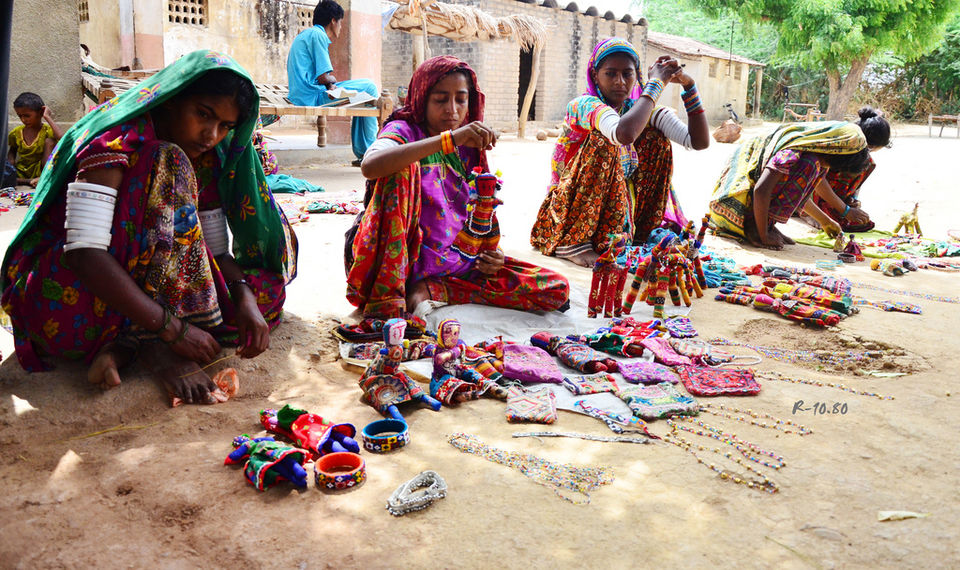
Kutch is very popular for its art & craft and one of the most profuse regions in India in the area of textile art. One way we can call Kutch the valley of crafts, especially handicraft. Since the 13th century or earlier, people of Kutch have formed craft work and started producing hand made products like apparel & clothing, home & wall decoration items, toys and much more. Art & Craft of Kutch itself has a big history. Archeological sites of Kutch are self proving evidence of art & craft of Kutch since ancient time. Kutch is internationally renowned for its distinctive traditional crafts and their distribution worldwide.
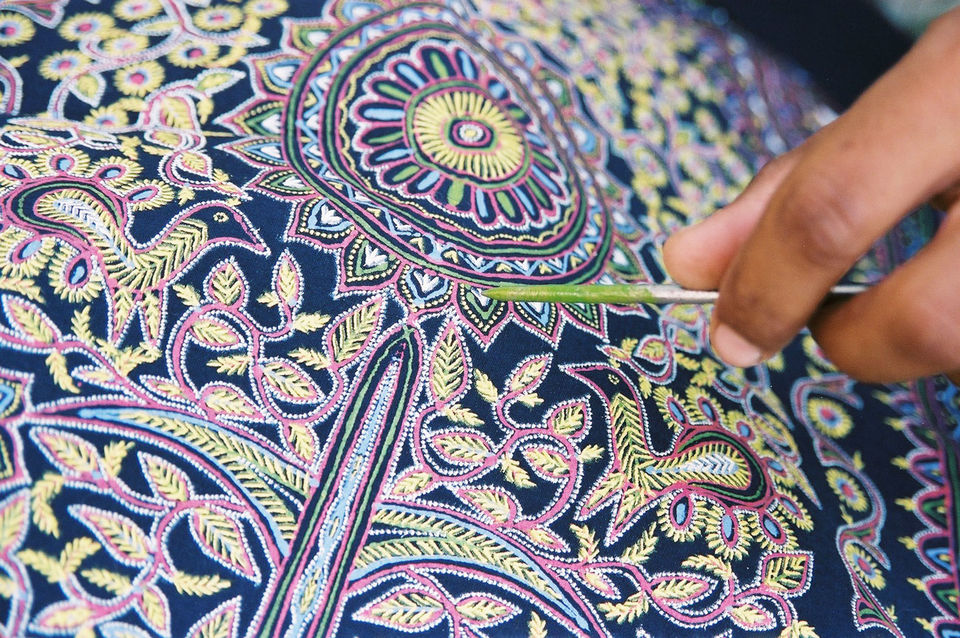
The story of Kutch art & craft reveals that there are various skills in peoples of Kutch from different casts who are known in manufacturing variety of handicraft products. Since long time, these people are famous for their creativity, unique designs and they also have achieved many awards and honored for their talent. In rural area, still many people lives in mud huts having beautiful drawing on the wall and also done many other art work on wall, windows and doors. These show their ultimate skills of art & crafts and it attracts tourists towards them.
2.Lakshmana Temple
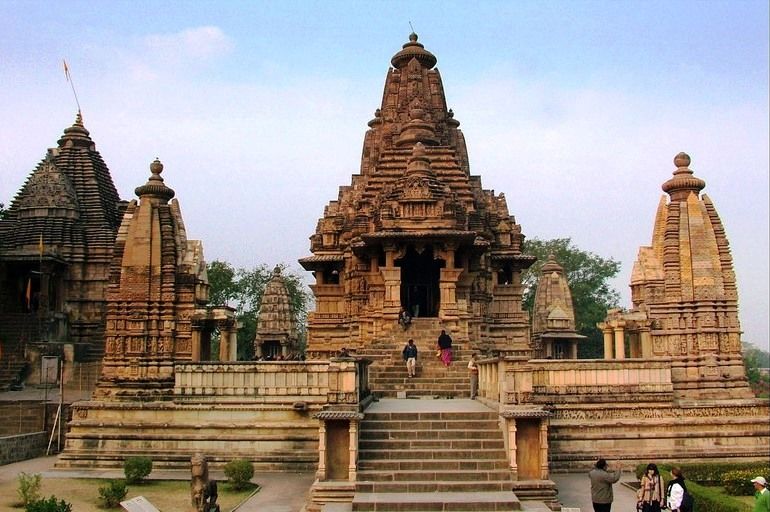
The temple faces the east and is dedicated to Vishnu, by a rather inappropriate name of Lakshmana, the brother of Ram, the hero king of the epic poem Ramayana. The temple is as tall as it is long, measuring approximately 25.9 meters in length. It is raised on a high platform which also has some interesting sculptures that you can see before ascending the temple stairs. Moving always around a temple in a clockwise direction the band of sculptures unfold like an never-ending picture scroll. Along the narrow southeast side passage are erotic panels of sexual rituals of a man engaged in intercourse with a horse, a regal lord being fanned by a female attendant and other court scenes. There is a lively scene of musicians, a child dancing before the king, a hunting incident in which a wounded deer is being mourned by its fawn as the hunter kneels with his bow and arrow, one of a hunter on horseback pursuing his hapless prey. The remainder of the panel, as it waves around the Lakshmana Temple, depicts caparisoned horses and riders, warring elephant and processions of soldiers. The lakshman Temple stands like a gaint mountain of stone at the centre, and is unique in khajuraho for its four subsidiary shrines at the four corners of its rectangular platform. Each Subsidairy shrine has a little porch, band of scultpure along the esterior walls.
3.Sanchi
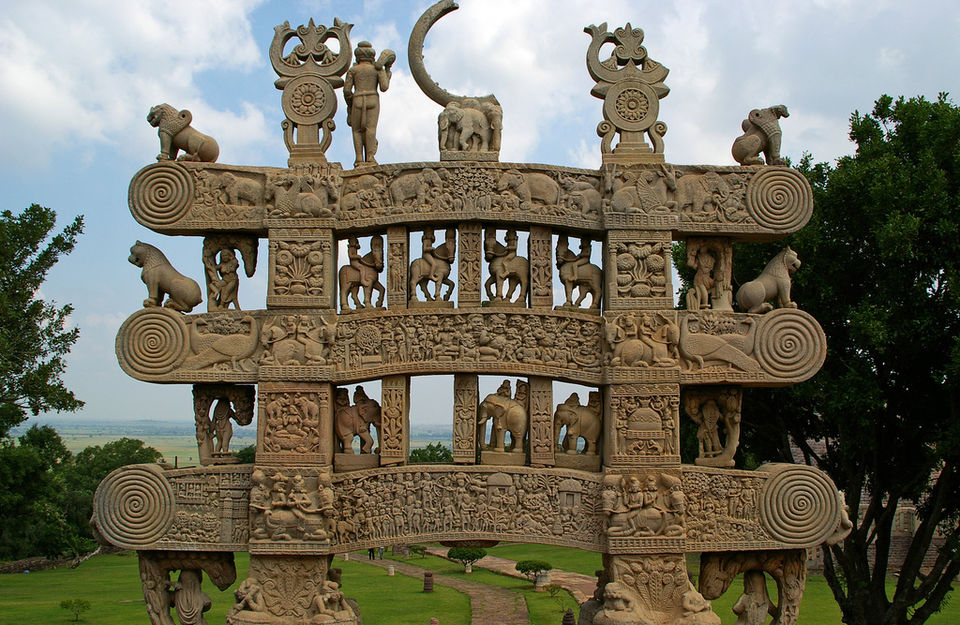
Sanchi is famous for outstanding specimen of Buddhist art and architecture, belonging to the period between the third century BC and the twelfth century AD. The most important of all the Sanchi monuments is the Sanchi Stupa. Stupas are large hemispherical domes, containing a central chamber, in which the relics of the Buddha were placed. The Sanchi Stupa is one of the best preserved early stupas in central India. The Sanchi Stupa is surrounded by a railing with four carved gateways facing all the four directions. During the Shunga period the Sanchi Stupa was enlarged and faced with stones and decorated with railings, staircase and a harmika on the top. Around the main Stupa, there is a path for circumambulation. This path is enclosed by a railing with gates at each of the four directions. The railings and gates of the Sanchi Stupa are richly sculptured with different motifs and designs. Another interesting characteristic about the Sanchi Stupa is that Lord Buddha has been symbolically represented by footprints, wheels, thrones etc rather than by his own image.
4.Hampi
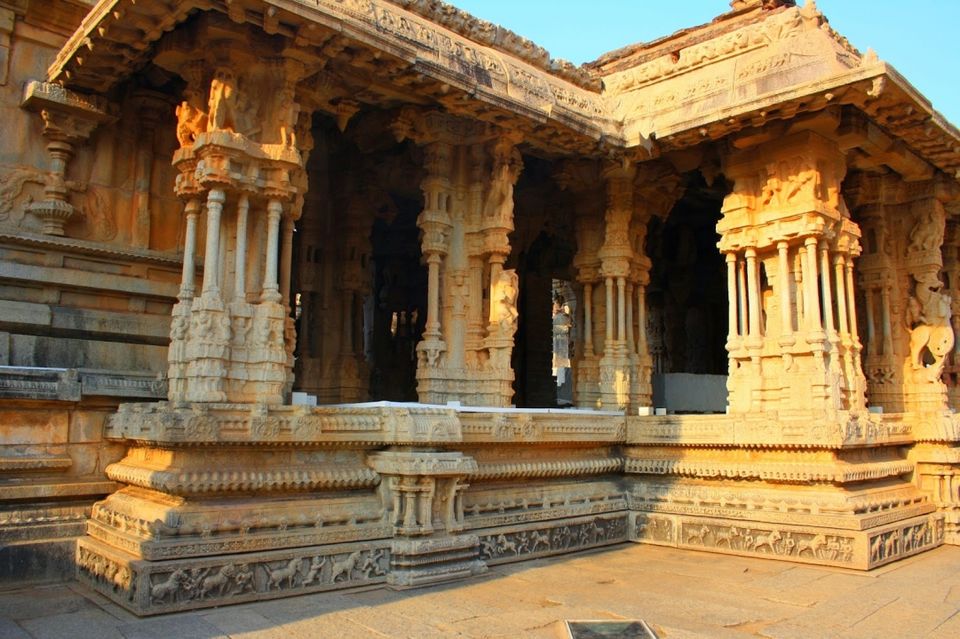
Traditionally Hampi is known to have surrounded by seven lines of fort walls. At least one complete line is seen now and some portions of three more lines are seen. These walls are built of thick wedge shaped blocks of granite. Two faces of wall are built of these thick blocks set one over the other without using any mortar. Gap between two faces of wall is filled with earth and rubble. There are several gateways and square bastions in the wall. The gates are of three types: main gates (hebbagilu), gates (bagilu) and subsidiary gates (diddi). Main gates are very large and are guarded by two flanking bastions. These have bent passageway, barbican and temples within the complex. Some gates also have bent passageway. A 'L' shaped wall is built in front of the gates to provide bent entrance and this system does not allow enemy to locate the gates easily.. Such gates look like bastions from distance.
5.Veerabhadra Swamy Temple
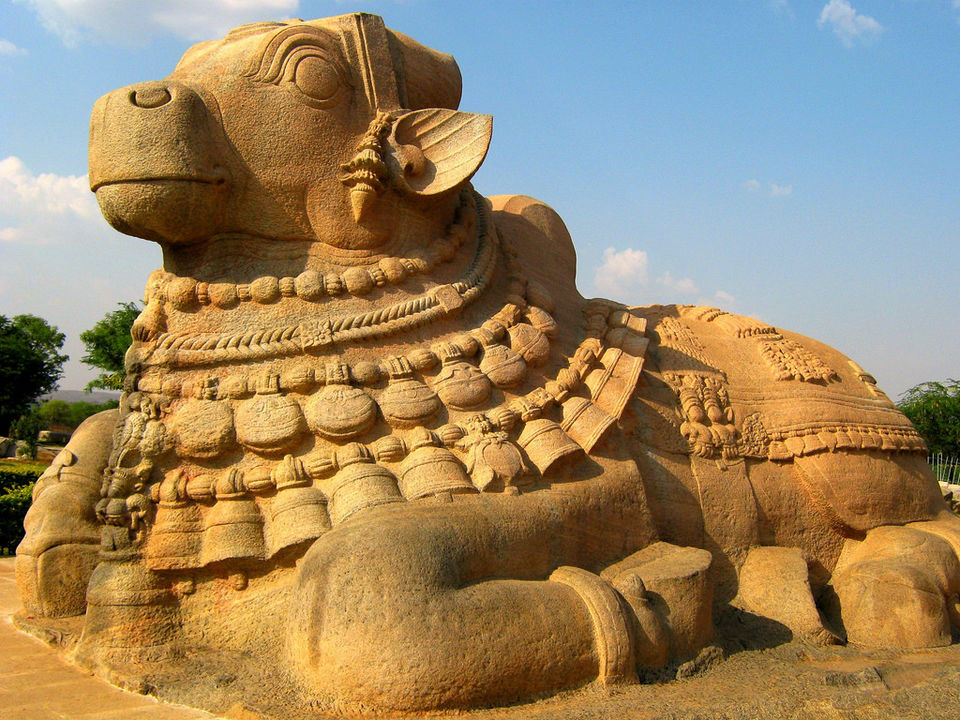
The legendary Lepakshi is famous for its 430 years old Veerabhadra Swamy temple complex with beautiful Vijayanagar styled sculptures, 100-pillared dance hall, beautiful and intricate carvings, paintings on the ceilings, the hanging pillar that barely touches the ground, the monolithic Nagalinga, the monolithic Nandi, the unfinished wedding hall, Lepakshi saree designs and more. The temple is executed in trikuta fashion, however the third shrine dedicated to Raghunatha was added later. Originally there were two shrines sharing the same mandapa and platform, the main shrine dedicated to God Veerabhadra facing north and a lateral shrine dedicated to Lord Papanasheshvara, an aspect of Shiva. At some later point of time, another lateral shrine, opposite to that of Papanasheshvara, was added sharing the same mandapa and platform. This shrine was dedicated to Raghunatha. These three gods are also referred as Viresha, Papavinashah, Ranganatha in the inscriptions found here.










